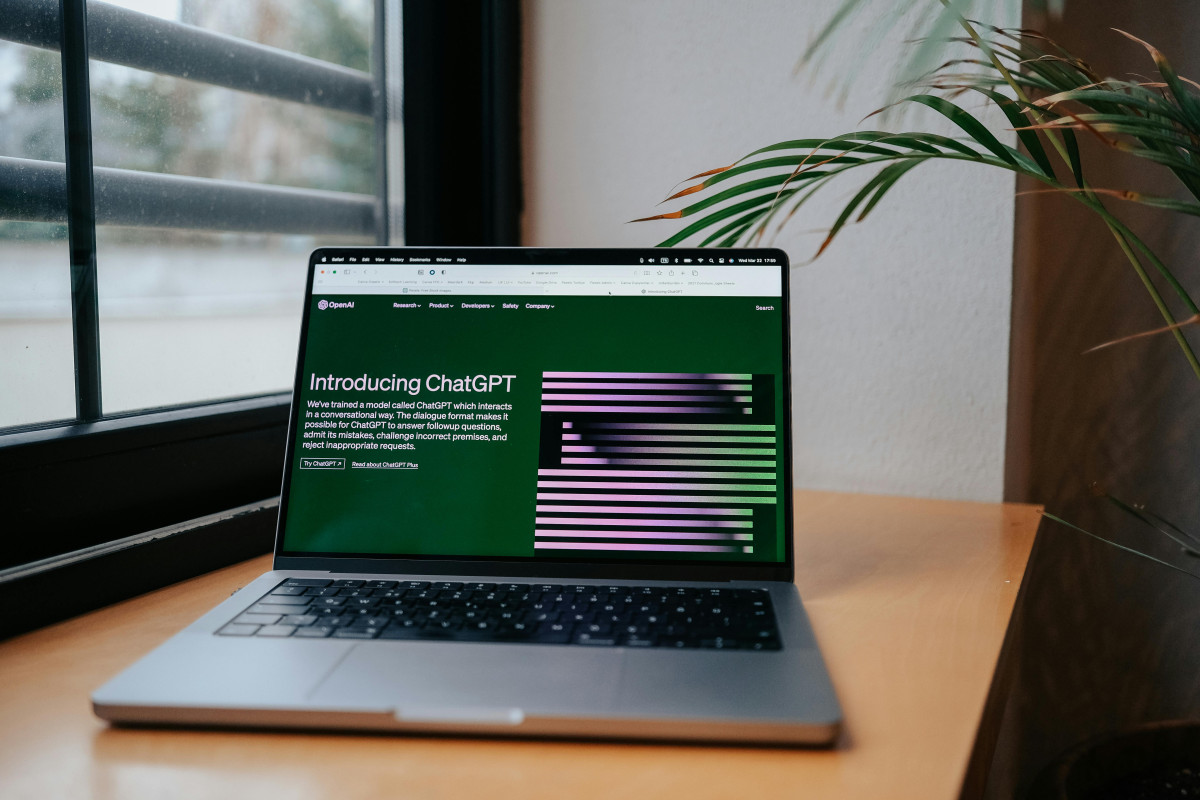If your organization is looking to expand globally or tap into the growing APAC region, hiring the right candidates is extremely important– it can actually make or break your business. However, the recruitment process is not that easy. It involves several complex stages and having a well-structured staffing process flowchart in place is key to getting it right.
In this blog, we’ll walk you through everything you need to know about creating a simple yet effective staffing process flowchart in 2025.
What Is a Staffing Process Flowchart?
A staffing process flowchart, also known as a recruitment process flowchart, is a detailed visual representation of all the steps involved in the recruitment process. It outlines the entire hiring process, from identifying a job vacancy to onboarding the perfect candidate.
Using a staffing process flowchart helps avoid confusion, and ensures you and your hiring team are on the same page. It also reduces delays and boosts efficiency.
Let’s discuss some benefits of using a staffing process flowchart in detail.
Benefits of Using a Staffing Process Flowchart in 2025
- Improved clarity on the recruitment process: Reduces misunderstandings and provides a clear structure for hiring managers and HR teams.
- Reduces hiring costs: A staffing process flowchart streamlines each step of recruitment ultimately leading to lower recruitment costs.
- Minimizes errors: A well-crafted staffing process flowchart also ensures every step is followed correctly and reduces the chances of errors.
- Ensures compliance: A clear plan of action makes sure you stay compliant with local rules and regulations.
Key Components of a Staffing Process Flowchart
A well-designed staffing process flowchart typically includes the following key components:
- Job requisition:
Identifying hiring needs and getting approvals– this is the starting point.
- Job posting:
Advertising job openings on various channels like online job boards, social media platforms, and other recruitment channels.
- Candidate screening:
Filtering resumes based on specific criteria.
- Interview process:
Conducting initial assessments, and final interviews.
- Candidate selection:
Choosing the right fit for the company according to skills and experience.
- Job offer & onboarding:
Extending the job offer, negotiating salary, and welcoming the new candidate into the company.
Step-by-Step Guide to Creating a Staffing Process Flowchart
Creating a comprehensive staffing process flowchart is easier than you might think. By following a few simple steps, you can design a clear yet effective hiring process in no time.
Here’s how to get started:
- Identify hiring needs:
Begin by identifying the positions you need to fill and the skills required for each role.
- Define roles and responsibilities:
Carefully assign tasks to hiring managers, interviewers, and the rest of your HR team.
- Choose a simple digital tool:
Use tools like Microsoft Visio or Lucidchart to design and update your flowchart with ease.
- Map out the workflow:
Arrange each step in your hiring process logically. From finding suitable professionals to onboarding and training them.
- Integrate automation wherever possible:
Leverage AI-powered tools such as applicant tracking systems (ATS) where you can. It will enhance efficiency and improve hiring operations.
- Review & update regularly:
Regular checks and updates are necessary to judge the effectiveness of your recruitment process and make changes if required.
Staffing Process Flowchart Examples
To better understand how staffing process flowcharts actually work, here are 3 common examples you can use as a reference:
Example 1: Basic recruitment process
- Job requisition → Job posting → Candidate screening → Interview process → Candidate selection → Job offer & onboarding
Example 2: Global recruitment process
- Job requisition → Local compliance check →Job posting → Candidate screening → Video Interviews process → Online skill assessment → Candidate selection → Job offer & onboarding
Example 3: Automated recruitment process
- Resume screening using AI-driven tools → Automated interview scheduling → Video interviews → Online skill assessment → Final evaluation→ Job offer & digital onboarding
Best Tools for Staffing Process Flowcharts
- Lucidchart
- Microsoft Visio
- Creately
- SmartDraw
- Miro
- Canva
Common Mistakes to Avoid When Designing Flowcharts
A well-structured staffing process flowchart can definitely streamline your entire hiring process, but certain mistakes during designing can make it a bit confusing to understand.
Here are some common mistakes to watch out for:
- Overcomplicating the process: Don’t overcomplicate the process, keep it simple and easy to understand.
- Failing to include all the steps: Make sure every necessary step of the recruitment process is included in the workflow.
- Ignoring feedback: It’s important to regularly update your flowchart and make necessary changes based on insights from the hiring managers or HR teams.
- Skipping compliance: Before you even post a job vacancy, make sure you’re complying with all the labor laws and industry regulations to avoid running into legal troubles.
Conclusion
Designing a staffing process flowchart is one of the most versatile ways to simplify the recruitment process and boost your team’s efficiency in 2025. By identifying hiring needs, defining job requirements, clearly outlining each step, and leveraging AI tools you can attract the best candidates and set your organization up for success.
At BGC Group, we provide reliable and flexible hiring solutions as well as innovative workforce services to optimize internal HR processes and enhance your productivity.
So why not work together and build a strong team?
Get in touch with us today to learn more!



